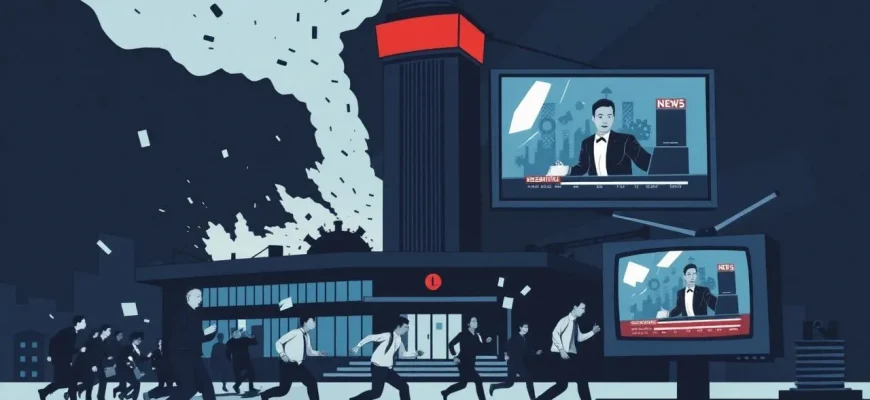Imagine the chaos when a TV station becomes the epicenter of a disaster. These films not only showcase the dramatic events that unfold on screen but also the gripping, behind-the-scenes struggles of the people working at these stations. From natural disasters to technological failures, these movies offer a unique blend of suspense, drama, and the human spirit's resilience. Here's a curated list of 10 disaster movies where TV stations play a pivotal role, providing viewers with both entertainment and a glimpse into the high-stakes world of broadcasting.
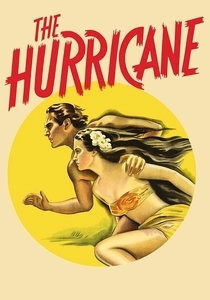
The Hurricane (1937)
Description: An early disaster film where a hurricane hits a coastal town, and the local TV station becomes a focal point for reporting and rescue efforts.
Fact: This film was one of the first to depict a hurricane on screen, setting a precedent for future disaster movies.
 Watch Now
Watch Now 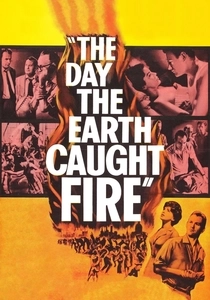
The Day the Earth Caught Fire (1961)
Description: A British film where nuclear tests cause the Earth's axis to shift, leading to global catastrophes. The story follows journalists at a London newspaper and TV station as they report on the impending doom.
Fact: The film was praised for its realistic portrayal of media operations during a crisis.
 Watch Now
Watch Now 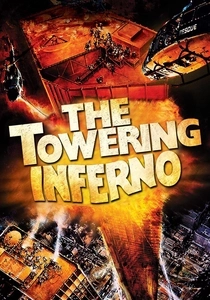
The Towering Inferno (1974)
Description: While not directly about a TV station, the film includes scenes where TV reporters cover the fire in a skyscraper, capturing the public's attention and the disaster's scale.
Fact: The film was a major box office success and won three Academy Awards.
 Watch Now
Watch Now 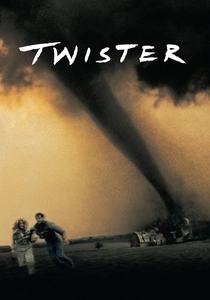
Twister (1996)
Description: Although not centered around a TV station, the film includes scenes where storm chasers communicate with TV stations to report on tornadoes, making it relevant to our theme.
Fact: The film was one of the first to use CGI for tornado effects, setting a new standard for visual effects in disaster movies.
 Watch Now
Watch Now 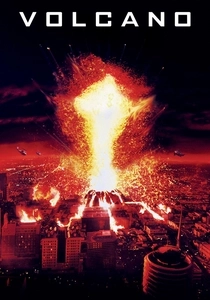
Volcano (1997)
Description: A volcano erupts in Los Angeles, and TV stations play a crucial role in reporting the disaster, providing real-time updates to the public.
Fact: The film was released in the same year as "Dante's Peak," another volcano disaster movie, leading to comparisons between the two.
 Watch Now
Watch Now 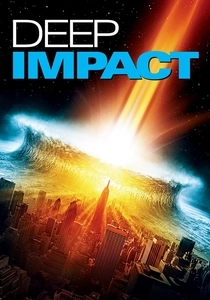
Deep Impact (1998)
Description: A TV reporter, Jenny Lerner, uncovers a government cover-up about an impending comet strike. The film captures the chaos at the TV station as they report on the end of the world.
Fact: The movie was released in the same year as "Armageddon," leading to comparisons between the two comet/asteroid disaster films.
 Watch Now
Watch Now 
Hard Rain (1998)
Description: A heist movie set during a catastrophic flood, where a TV station reports on the disaster, adding to the tension and drama of the situation.
Fact: The film was noted for its extensive use of water effects, with over 2 million gallons of water used during production.
 Watch Now
Watch Now 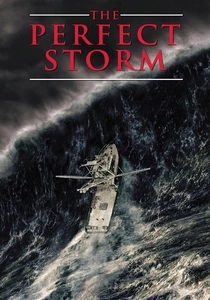
The Perfect Storm (2000)
Description: While focusing on the crew of the Andrea Gail, the film includes scenes at a TV station where the storm's severity is reported, highlighting the media's role in public awareness.
Fact: The film is based on a true story, and the storm was named "The Perfect Storm" by the National Weather Service.
 Watch Now
Watch Now 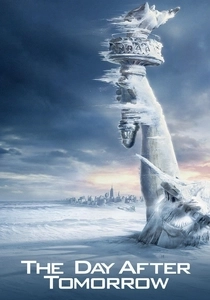
The Day After Tomorrow (2004)
Description: While not exclusively about a TV station, this film features a meteorologist from a TV station who predicts the catastrophic weather events that lead to a new ice age. The station becomes a critical hub for information dissemination during the disaster.
Fact: The film was one of the first to use CGI extensively for weather effects. It also sparked discussions on climate change.
 Watch Now
Watch Now 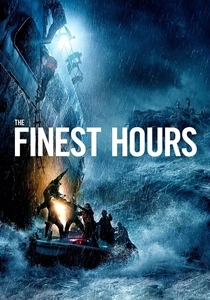
The Finest Hours (2016)
Description: This film tells the story of the Coast Guard's rescue mission during a massive storm. The TV station plays a role in broadcasting the unfolding events and the heroism of the rescuers.
Fact: The movie is based on the true story of the 1952 Pendleton rescue off the New England coast.
 Watch Now
Watch Now 
